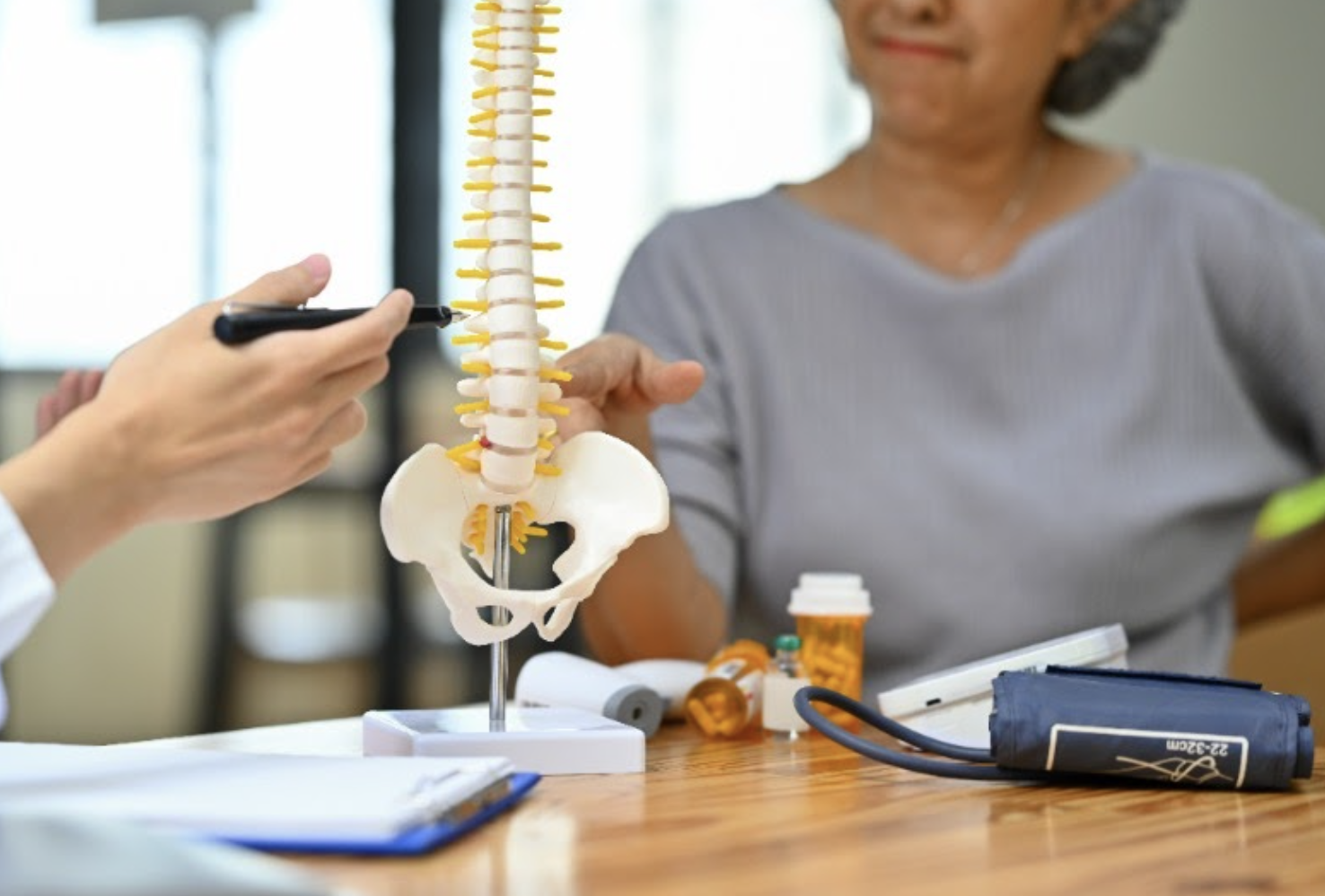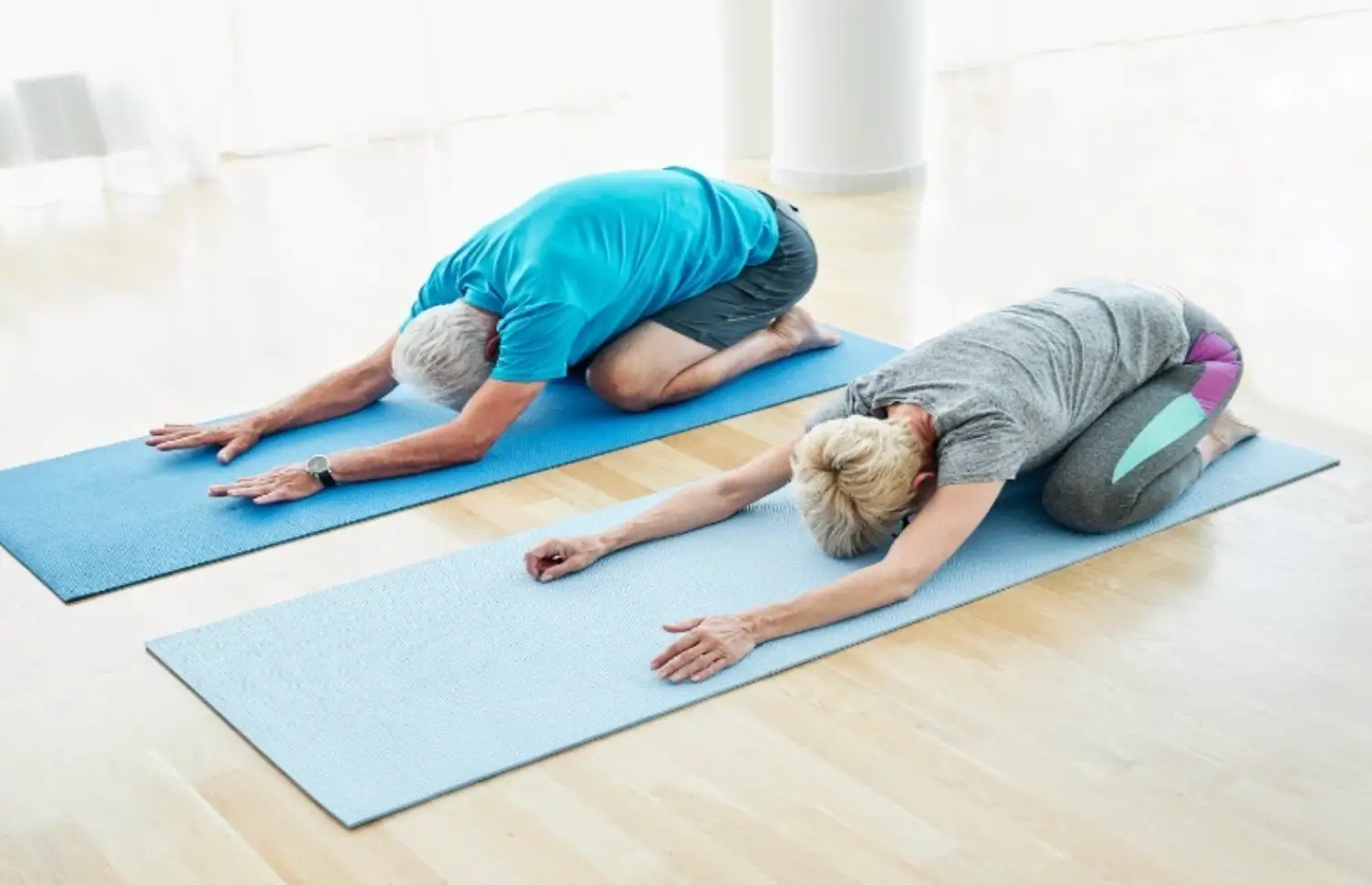Chronic pain is more than just a lingering ache; it’s a complex, often debilitating condition that affects millions of people worldwide. When pain doesn’t go away—particularly in areas like the neck, back, or spine—it can disrupt every aspect of life, from physical mobility to emotional well-being. So what exactly happens when pain becomes chronic? And more importantly, what is pain management, and how can it help?
In this article, we’ll explore chronic pain, especially as it pertains to the spine and surrounding regions. We’ll also cover various pain management for chronic pain strategies and introduce several advanced treatment options designed to provide relief.
What is Chronic Pain?
Chronic pain is defined as pain that persists for more than 12 weeks despite medication or treatment. While acute pain signals that something is wrong and typically resolves once the injury heals, chronic pain continues long after the original injury or cause has resolved. This condition can stem from a variety of sources, including:
- Accidents or injuries
- Degenerative spine diseases
- Arthritis
- Nerve damage
- Repetitive stress disorders
Neck, back, and spine pain are among the most common types of chronic pain. These areas are central to body movement, and ongoing pain in these regions can severely impact a person’s quality of life.
Why Pain Becomes Chronic
Pain becomes chronic when the body’s nervous system continues to send pain signals to the brain even after the original cause of the pain has healed. This might be due to:
- Improper healing
- Sensitization of nerve pathways
- Ongoing inflammation
- Structural damage (e.g., herniated discs, spinal stenosis)
Understanding this mechanism is essential in chronic pain management because it shifts the goal from simply treating an injury to managing a long-term condition.
What is Pain Management?
Pain management refers to a comprehensive approach to diagnosing, treating, and controlling chronic pain. It’s not about simply masking the pain but improving function and quality of life. Pain management for chronic pain is especially important in spinal conditions because these involve complex networks of nerves, bones, and muscles.
Our clinic offers a variety of advanced, non-surgical treatment options tailored specifically to chronic neck, back, and spine pain.
Pain Management Treatment Options
1. Epidural Injections
Epidural injections are designed to alleviate pain associated with inflamed spinal nerves. Using a small needle, medication is injected directly into the epidural space in the spine. This treatment reduces inflammation and provides substantial pain relief, enabling patients to regain range of motion and return to daily activities.
2. Facet Block Injections
Facet joints are the hinges of the spine, allowing for bending, twisting, and turning. When these joints become irritated or damaged, they can be a source of persistent discomfort. Facet blocks are small injections administered with a local anesthetic to ease pain coming from these joints.
3. Lumbar Sympathetic Block
This procedure targets the sympathetic nerves located on both sides of the spine. These nerves are part of the autonomic nervous system and are responsible for regulating involuntary body functions. By blocking these nerves, a lumbar sympathetic block can stop them from sending pain signals to the brain, offering relief especially for lower back pain.
4. Nerve Root Block
Inflamed or compressed spinal nerves can cause radiating pain and numbness throughout the body. A nerve root block delivers anesthetic directly to the affected nerve roots, helping to either confirm a diagnosis or provide long-term relief.
5. Radiofrequency Ablation (Neurotomy)
This treatment uses radio waves to generate heat, which then disrupts the ability of specific nerves to transmit pain signals. It’s a minimally invasive option often used when facet joints or sacroiliac joints are the source of pain.
6. Sacroiliac Joint Injections
The sacroiliac joint acts as a shock absorber between the spine and the pelvis. When inflamed, it can cause substantial pain. Sacroiliac joint injections deliver medication to reduce swelling around the joint and affected nerves.
7. Trigger Point Injections
Muscle knots, or trigger points, can cause localized pain or referred pain in other areas of the body. Trigger point injections use an anesthetic mixture to relax the muscle, reduce spasms, and alleviate pain.
A Multi-Disciplinary Approach
Effective chronic pain management often requires a combination of treatments. This can include:
- Physical Therapy: Strengthens muscles and improves flexibility.
- Behavioral Therapy: Helps patients manage the emotional toll of chronic pain.
- Medication Management: Carefully monitored use of anti-inflammatories, muscle relaxants, or other medications.
- Lifestyle Adjustments: Including ergonomic improvements, exercise, and dietary changes.
Combining these with the medical interventions mentioned above can provide a well-rounded, highly effective strategy for managing chronic neck, back, and spine pain.
When to Seek Pain Management Help
If you’ve been dealing with pain for several months and it hasn’t improved with rest, over-the-counter medication, or physical therapy, it’s time to consider consulting a pain management specialist. Other red flags include:
- Pain that radiates to other parts of the body
- Numbness or tingling
- Limited mobility
- Pain that interferes with sleep, work, or daily life
The earlier you seek professional intervention, the more effective your treatment is likely to be.
The Road Ahead
Chronic pain doesn’t have to define your life. With the right treatment and a comprehensive plan, you can manage your symptoms, regain function, and enjoy a better quality of life. Whether your pain stems from an old injury, a degenerative condition, or nerve-related issues, modern chronic pain management offers a variety of paths to relief.
If you’re ready to take control of your pain, contact our clinic today to schedule a consultation. We’ll work with you to develop a personalized plan using the most advanced pain management for chronic pain treatments available.










